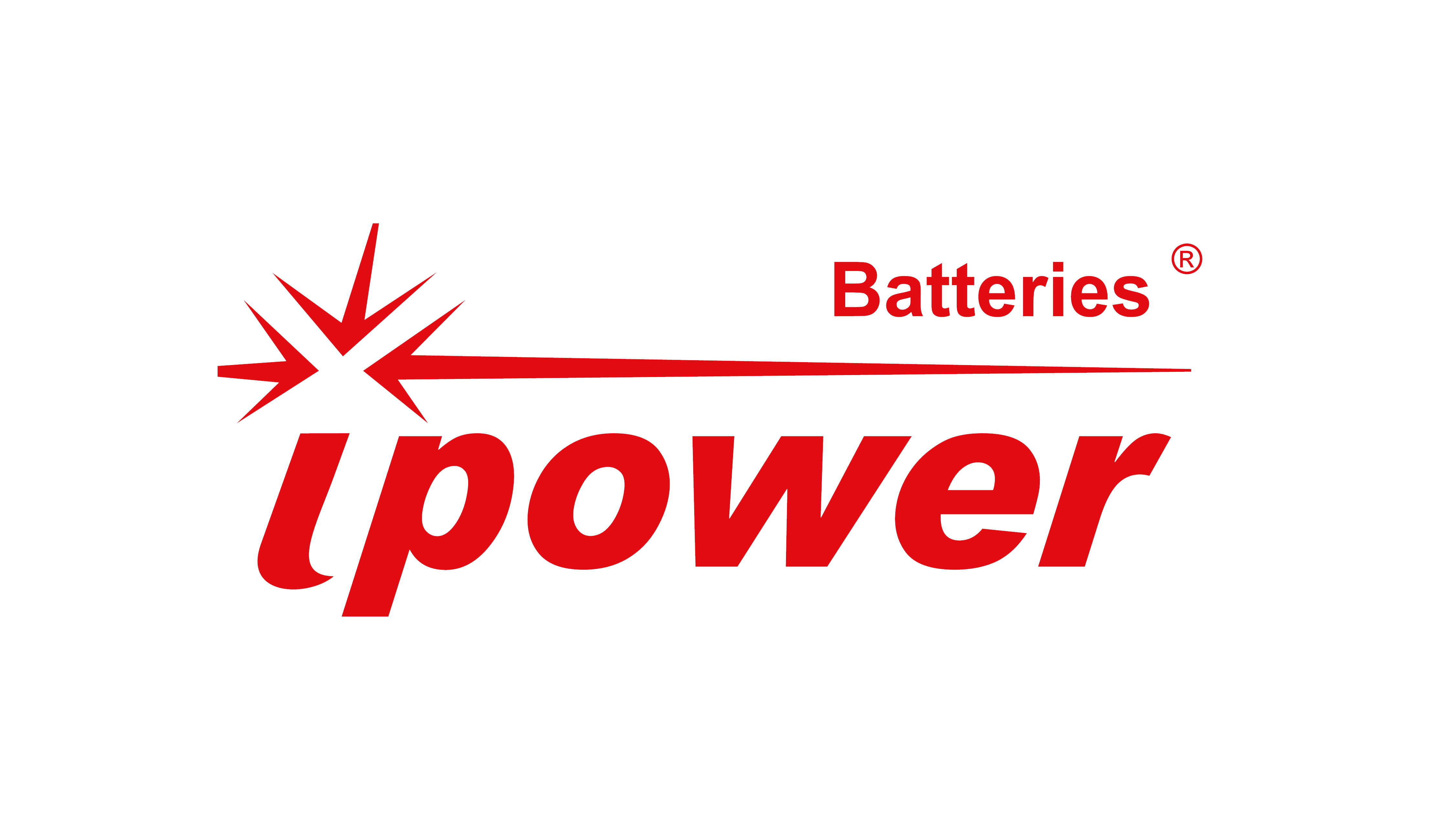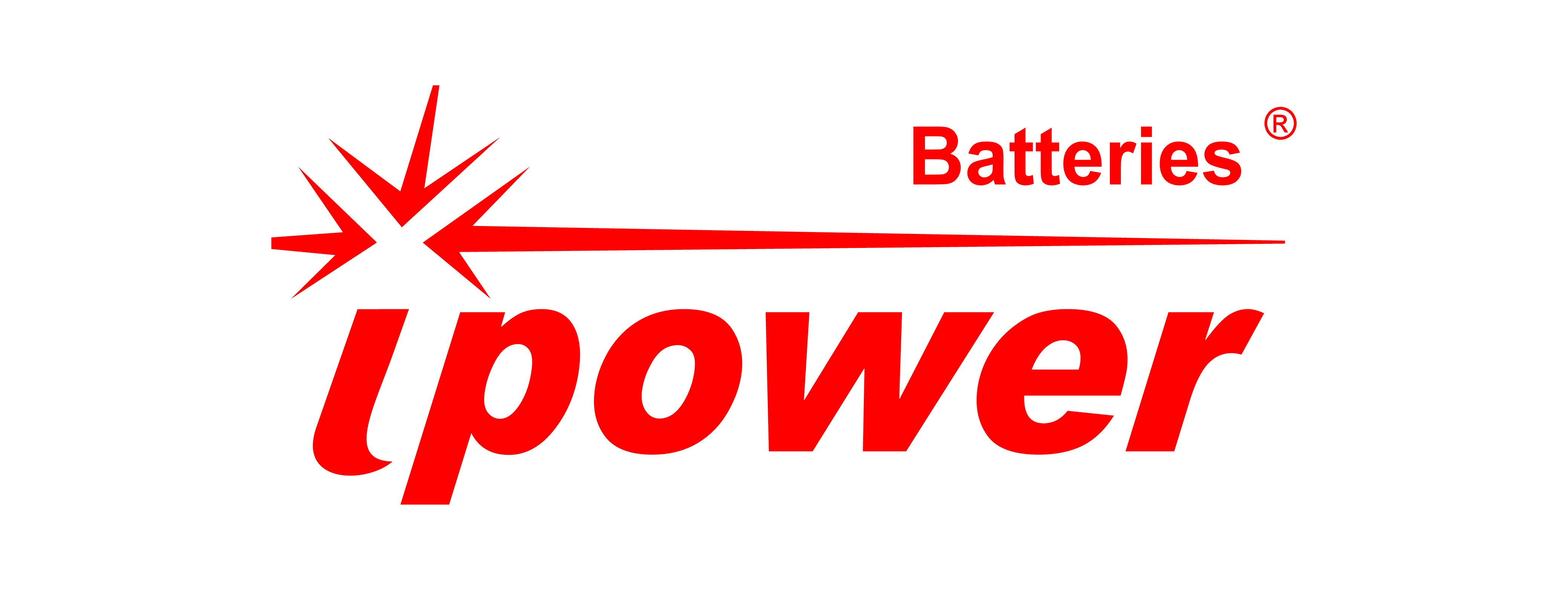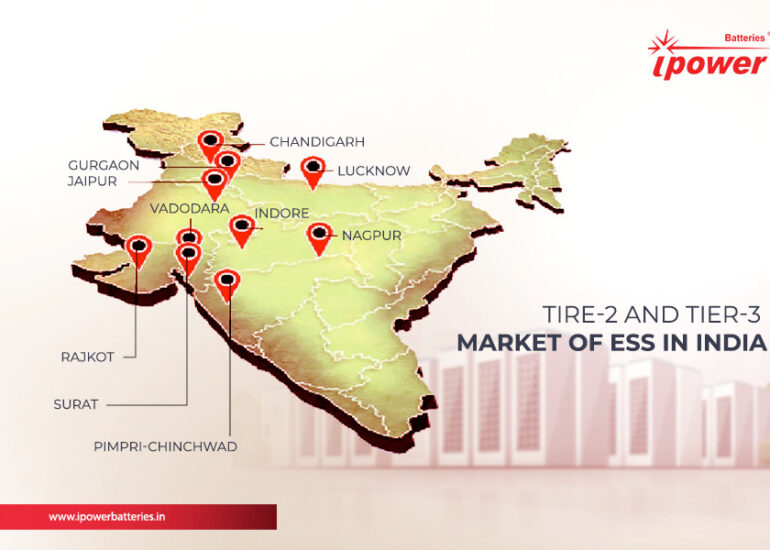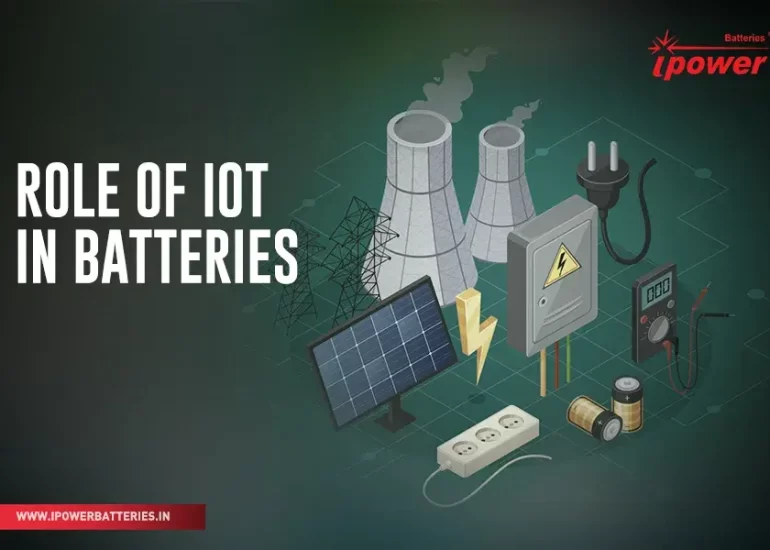Vikas Aggarwal, Founder & MD – Ipower Batteries Pvt Ltd
As we see the electric vehicle (EV) market growing in India, there’s a noticeable shift in the choice of battery technology. Until now, most EVs have used Nickel Manganese Cobalt (NMC) batteries. But we’re now seeing a strong movement toward Lithium Iron Phosphate (LFP) batteries. This shift is mainly driven by the need for more cost-effective, safer, and reliable battery options. Let me walk you through the current trends and why this transition is gaining momentum.
The Challenges with NMC Batteries
Now, NMC batteries have been the dominant technology for EVs, not just in India, but globally. They have a high energy density, which means they’re great for electric cars that need to go long distances. But they come with some serious challenges.
For one, NMC batteries rely on cobalt and nickel, two metals that are expensive and difficult to source. Most of the world’s cobalt comes from the Democratic Republic of Congo, and the mining conditions there are a big concern—things like child labor and unsafe practices make it ethically problematic. Nickel also has its issues, especially environmental ones. So, both of these metals are in short supply, and their prices can swing a lot, which drives up the cost of NMC batteries.
Secondly, they’re just expensive. Since India is a very price-sensitive market, the high cost of NMC batteries makes it harder for people to afford electric vehicles. The price of cobalt and nickel directly affects how much these batteries cost to make, and that cost gets passed on to the consumer.
Lastly, there’s the environmental and safety angle. Mining cobalt and nickel is tough on the environment, causing things like soil and water contamination. Plus, NMC batteries can sometimes overheat—especially in India’s hot climate—which can lead to thermal runaway, where the battery overheats and possibly catches fire. This isn’t ideal.
The Growing Market for LFP Batteries in India
In recent years, LFP batteries have started to take off in India. Globally, the LFP market is projected to reach over USD 50 billion by 2030, and India is a key player in that growth. In fact, in 2023, LFP batteries already made up more than 40% of India’s EV battery market, mostly in electric two-wheelers and buses.
Looking ahead to 2025, we expect that LFP batteries will account for around 55-60% of the total EV battery market in India. The demand for LFP batteries is projected to reach USD 4-5 billion by then. So, this is a technology that’s here to stay.
How Indian EV Manufacturers Are Adopting LFP Batteries
Most of the big names in the Indian EV market are making the switch to LFP batteries. The reasons are clear—LFP batteries are cheaper, safer, and have a longer lifespan, which is exactly what manufacturers are looking for in urban and short-range electric vehicles.
Let me give you a few examples:
Tata Motors, India’s largest EV maker, has been quick to adopt LFP batteries. Their popular models like the Tata Nexon EV and the Tiago EV now use LFP cells. When they made the switch from NMC to LFP, they were able to reduce the cost of the Nexon EV by about 20%, while also improving safety and extending the battery’s life cycle.
Ola Electric, which dominates the electric scooter market, uses LFP batteries in all their models, including the Ola S1 and S1 Pro. Their factory in Tamil Nadu, which is the largest two-wheeler EV factory in the world, is heavily invested in producing LFP battery packs for their entire scooter lineup.
Mahindra Electric has also announced plans to include LFP batteries in their upcoming electric SUVs and three-wheelers. For Mahindra, the main goal is to keep costs low while ensuring that their vehicles are reliable for Indian road conditions.
Hero Electric, a leader in the two-wheeler market, has adopted LFP batteries across its range of electric scooters. Their focus on affordability and durability makes LFP a natural fit.
Even Ather Energy, which is known for its premium electric scooters, has switched to LFP batteries for their Ather 450X model. For them, this shift aligns with what Indian consumers value most—safety and long-lasting performance.
Beyond personal vehicles, LFP batteries are also making their way into public transportation. Cities like Delhi, Mumbai, and Bangalore are using electric buses powered by LFP batteries. These buses, made by companies like Olectra Greentech and Ashok Leyland, benefit from the longer lifespan and better safety features of LFP technology.
Why LFP is Becoming the Preferred Choice for Indian EVs
So, why are Indian manufacturers moving toward LFP batteries? There are several reasons:
(i) Cost Efficiency: LFP batteries don’t rely on cobalt or nickel, which are both expensive and subject to supply chain disruptions. This makes LFP batteries cheaper to produce, which is a huge plus for a price-sensitive market like India. Tata Motors, for example, cut the price of their EVs by nearly 15% by switching to LFP.
(ii) Safety: LFP batteries are inherently safer. They’re less likely to overheat, which is a big concern in India’s hot climate. As EVs become more common, especially in public transportation, safety is becoming a top priority.
(iii) Longevity: While LFP batteries may have slightly less energy density than NMC batteries, they last longer. This is a huge benefit for fleet operators and public transport systems, where vehicles are used frequently. LFP batteries can handle up to 4,000 charge cycles, which is way more than the 1,500-2,000 cycles you get with NMC.
(iv) Sustainability: India has abundant reserves of iron and phosphate, which are the key materials used in LFP batteries. This makes LFP easier to produce locally, reducing the need for costly imports and supporting the government’s “Make in India” initiative.





